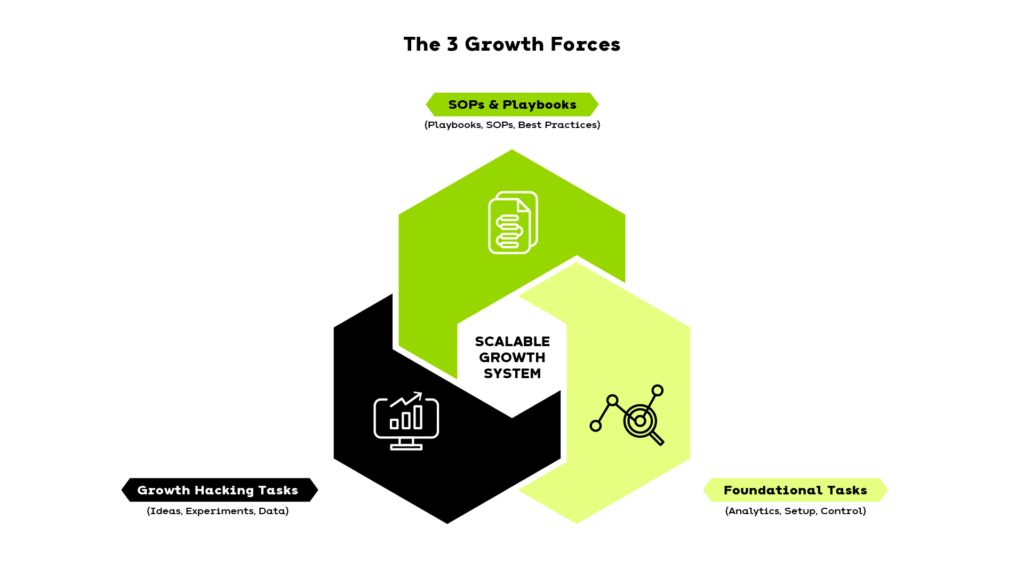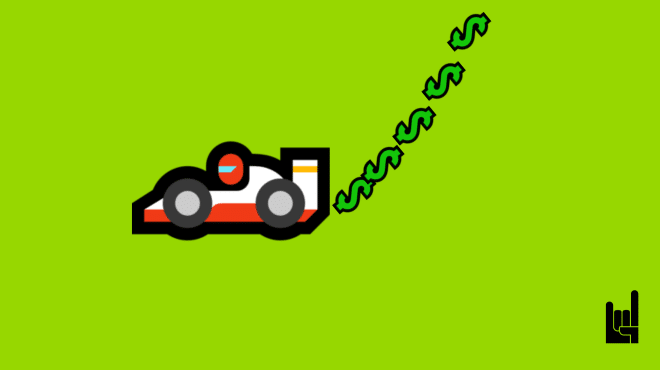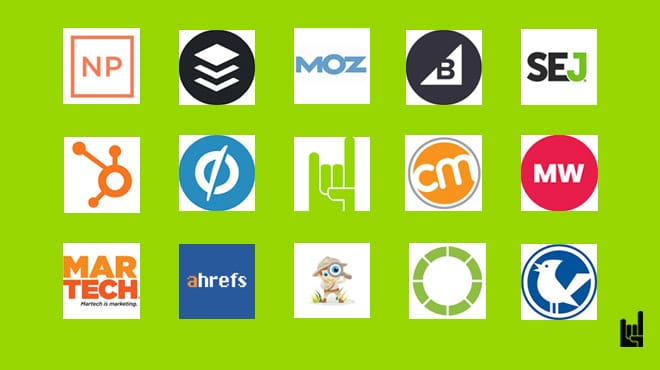The missing part(s)
Over the past 15 years growing companies—from scrappy startups to enterprise beasts—I kept running into the same painful pattern:
Everyone is reinventing the wheel. Again and again.
Why?
Because technology changed.
Because teams changed.
Because nobody documented what worked last time.
Because founders were too deep in product and not enough in distribution.
Because marketing was flying blind.
Because operations lacked structure.
Because nobody owned growth like a system.
Sometimes it was a lack of playbooks.
Other times, it was the absence of business acumen—or worse, the absence of anyone with real growth expertise in the room.
Whatever the excuse, the result was the same:
Companies were burning time, budget, and energy on things that had already been solved—just not by them.
So I started documenting.
I reverse-engineered systems.
I audited failed launches, stalled funnels, and marketing teams running in circles.
And I began to see it clearly.
There wasn’t just one problem.
There were three recurring dynamics at play—three distinct forces that, when missing or misaligned, crippled a company’s ability to grow.
So I gave them a name:
The 3 Growth Forces.
If you’re a marketer, founder, executive, or growth lead—you need to understand them.
Not just to scale. But to stop wasting your team’s potential on things you could’ve shortcut, systemized, or skipped entirely.
Let’s dig in.
Every company trying to grow is fighting gravity. What makes some fly while others stall? It’s not just a killer product or a clever campaign. It’s that they’ve figured out how to align three powerful dynamics.

Each of these is a growth multiplier. Alone, they’re useful. But together, they compound—and that’s when real, sustainable growth happens.
Force #1: Do What Already Works
SOPs, Playbooks & Best Practices
There are truths in business growth that aren’t sexy, but they’re real:
- Your brand isn’t as unique as you think.
- Someone out there has already built something similar.
- And that’s a gift—not a threat.
- Because if someone’s done it before, that means we can learn from it, replicate it, even outdo it.
When you’re first in a market, you have to build the category. That’s slow and expensive. You have to educate everyone. Convince them there’s a problem, and you’re the solution.
But when you’re not first—when the category already exists—you’re lucky.
That means:
- There’s a playbook.
- There are benchmarks.
- There are customer expectations already shaped by others.
You can grow faster and cheaper by building on what’s already there.
That’s where SOPs come in. And playbooks. And best practices.

The world already has proven templates for building your funnel, finding influencers, scaling referrals, optimizing pricing, onboarding users—you name it.
The problem? Most teams ignore them. Or they implement chaotically. What you need is:
- Someone who lives and breathes structure
- Who believes in finding existing playbooks
- And writing a few of their own
- Who knows how to spot a best practice, adapt it, and document the process
- Or a system where those SOPs and playbooks are already implemented—ready to use as your guide, your shortcut, your execution manual
Growth isn’t about being a genius. It’s about being a librarian with a bias for action.
Force #2: Differentiation Through Execution
Growth Hacking Tasks
SOPs and playbooks are your starting point. But they won’t make you stand out. For that, you need to unlock your company’s unique edge—by applying three critical components of this force:

That’s what this force is about: execution with an edge. The kind that creates momentum and compounds over time. And it’s driven by three critical components.
1. Ideas — These come from inside the business. From founders, marketers, salespeople, and support agents. They come from conversations with customers and intuition about what they need next. Some of the best growth ideas are not obvious until someone inside says, “Why don’t we try this?”

2. Experiments — Ideas are nothing without execution. Every idea is a hypothesis. The only way to know if it works is to test it—fast, small, and measurably. That’s where experiments come in. This is the detail work: copy tweaks, UI changes, pricing variations, and new onboarding flows. It’s not glamorous, but it’s where growth hides.
3. Data — The truth.
No matter how strong your intuition is or how passionately you believe in your idea, there is always one final authority: data. Good growth teams don’t just throw ideas at the wall. They validate, disprove, iterate, or scale based on what the data says. And the faster they can do that, the stronger their growth engine becomes.
Experiments: Ideas are nothing without execution. Every idea is a hypothesis. The only way to know if it works is to test it – fast, small, and measurably. That’s where experiments come in. This is where growth lives: in pricing variants, onboarding flows, landing page tweaks, and message tests. It’s the work nobody sees until it works – and when it does, it scales.
And none of this works without a system.
You need what we call a Growth Machine:
- A system to collect ideas
- A process to prioritize them
- A toolkit to execute fast
- A loop to analyze results
- And a rhythm to keep the whole machine running week over week
Without a system, great ideas die in Slack threads. Experiments are forgotten. Lessons are never documented. Execution slows to a crawl.
With it, growth becomes predictable, repeatable, and scalable.
Force #3: The Setup That Powers It All
Foundational Tasks
Ideas are great. SOPs are necessary. But none of it matters without the foundational layer in place.
You can’t optimize what you can’t measure.
You can’t fix what you don’t control.
This force is about infrastructure, configuration, and control.
In manufacturing, there’s a concept called setup time. You don’t run a machine until you’ve:
- Cleaned it
- Calibrated it
- Installed the right tools
Made sure it outputs what you expect

It’s the same in growth. Before you run experiments or execute playbooks, you need to:
- Set up Google Analytics and Tag Manager
- Install heatmaps and session recordings
- Define your funnels and conversion events
- Control the website, the blog, the content stack
- Eliminate internal friction and clarify ownership
And yet, what’s obvious to growth teams is not always obvious to founders or tech leads.
For example:
A blog should be a marketing tool. It should live in a CMS. Be fast. SEO-optimized. Fully controlled by content and growth teams.
But a tech founder may think, “Let’s build it from scratch.”
Because they can.
Because it feels cleaner.
This is where growth slows—not because of bad ideas, but because of bad foundations.
You need clarity. Ownership. And a shared understanding of what’s non-negotiable for speed.
Conclusion
The magic isn’t in just one force.
It’s in the alignment of all three:
- SOPs & Playbooks — So you don’t waste time reinventing the wheel
- Growth Hacking Tasks — So you create, differentiate, and evolve
- Foundational Setup — So everything else runs cleanly, measurably, and fast
May the forces be with you. All of them.
Are you looking to turn growth into a system? Speak with our CEO. It’s 100% free—no hidden fees, no commitments.
No Sales Pitch!
Was this article useful?

Theodore has 20 years of experience running successful and profitable software products. In his free time, he coaches and consults startups. His career includes managerial posts for companies in the UK and abroad, and he has significant skills in intrapreneurship and entrepreneurship.



